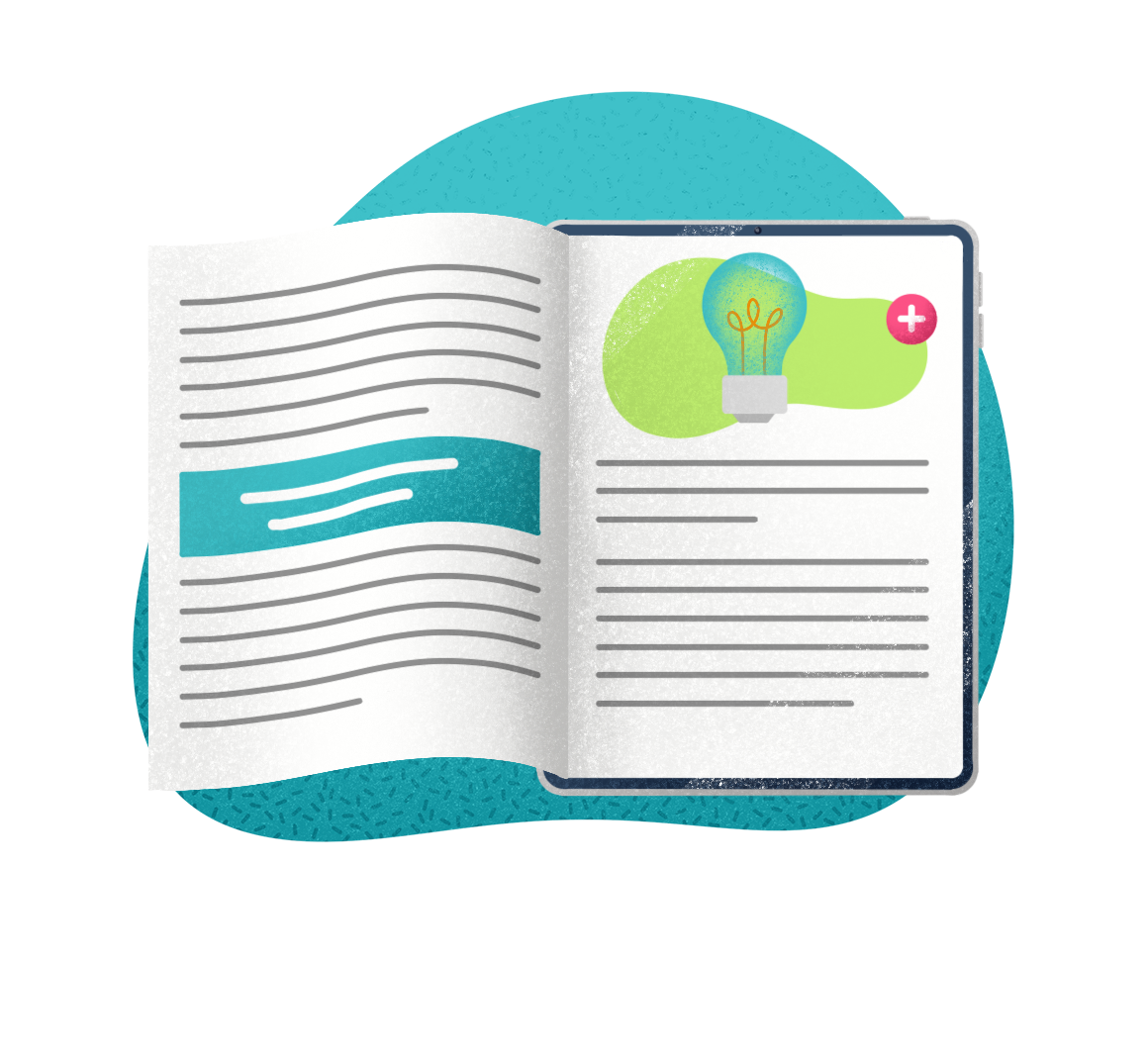It’s spooky-season and if you’re on the service desk, there’s one fright that will make you jumpier than seeing a ghost: being short-staffed with a mounting pile of help desk tickets. An IT service desk job can be hard to fill because of the skills required, especially as we enter the holidays, but finding talented candidates doesn’t require ghoulish tricks or terrifying treats. We have a few tips to help you attract and retain talented team members for your IT service desk.
Why Attracting and Retaining Talent is Crucial Now More than Ever
With nearly 900,000 jobs in the U.S. (according the U.S. Bureau of Labor Statistics) and a projected growth of 9% by 2025, IT service desk jobs are competitive and highly coveted. But, the pool of individuals who are qualified for these positions may be shrinking. In what is now termed “The Great Resignation”, 3% (or 4.3 million people) of the American work force handed in their resignation in August 2021 alone – and the IT service desk was not exempt.
The Great Resignation has also pushed many women out of the workforce, which can have a major impact on the service desk. For example, around 30% of IT service desk employees are women, according to recent data. However, in the wake of the pandemic, 5.5% of women quit their jobs in September (compared to just over 4% of men) – that’s around 300,000 women who left the workforce entirely. This is caused by a number of factors, including the loss of childcare due to the pandemic and statistically higher numbers of females who serve as caregivers for family members impacted by Covid-19.
To create an even more murky outlook for employers looking to fill positions, the amount of work needed is increasing.
Did you know that pre-pandemic, service desks reported seeing an average annual increase of support cases as much as 61%? With the push for digital transformation that came with the pandemic due to the sudden shift to teleworking, it’s not a surprise that service desk tickets began to rise while teams were working with a bare-bones staff due to reductions in support costs.
5 Treats to Hire and Retain Those Who Work IT Service Desk Jobs – No Tricks Required
All of the factors discussed in the previous section combine to create a perfect storm, but it’s not a storm your service desk can’t overcome. It just takes out-of-the-box thinking and flexibility to find and retain talented individuals and to encourage women to re-enter the workforce in your organization. Consider giving your service desk team the following treats to avoid tricks in the future:
1. Offer simplified onboarding with self-service
Employee onboarding should be easy and simplified. You can simplify onboarding through automation powered by self-service. Automating your processes with a self-service portal enables your organization to:
- Customize work flows and electronic forms that fit the new-hire needs
- Facilitate inventory transactions such as request ID badges, computers, and equipment
- Integrate departments’ platforms into a self-service portal to extend the knowledge base
You might argue that streamlining the onboarding process is more of a retention effort than recruitment, but the two go hand-in-hand. In the age of online employee reviews of companies, onboarding should never leave a bad taste for new team members, and it shouldn’t be a reason to lose new team members either. By streamlining onboarding, you’ll not only save time but you’ll also have employees who are up-to-speed and ready to hit the ground running faster.
2. Create a positive employee experience through a comprehensive knowledge base
One of the biggest frustrations for both new hires and prospective employees is feeling that they are shut out from access to knowledge. Instead, empower individuals from the start with the knowledge of the many.
From the beginning of the recruitment process, offer access to an external-facing self-service portal for prospects to find information including: job descriptions, potential benefits packages, company size and location, and information on the interview and recruitment process.
Once an employee has been hired, a comprehensive knowledge base helps beyond onboarding. It provides the framework for the new hire to learn at their own pace, spark their own curiosity and show them areas where they may want to help, and gets them ready to begin problem-solving quickly.
3. Encourage creativity and trust individual problem-solving
When your employees are encouraged to problem-solve and offer their own creativity, research shows that they are more satisfied. Research also shows that a better employee experience directly relates to a better customer experience.
Throughout the interview process, encourage candidates to think about creative resolutions to example problems. This isn’t necessarily a new technique, but you can use this as a time to be open about the fact that your IT service desk encourages agility and a combination of structured framework with individual freedom to solve problems and explore other areas they may be interested in.
With your new and existing employees, encourage the same level of creativity. Trust that they will be able to solve problems without micro-managing, and create an environment that encourages team mates to collaborate and explore areas of interest.
4. Prioritize employee betterment
Similar to creating an environment of creativity, prioritizing employee betterment and ongoing education will help increase employee satisfaction and engagement. As Richard Branson once said: “Train people well enough so they can leave. Treat them well enough so they don’t want to.”
You can use this to attract new talent by being upfront in the fact that you expect and encourage employee betterment in new hires. For the talented team you already have, offer extra time and budget for courses, seminars, and webinars that they can complete on the clock. This shouldn’t just be courses they might use for your service desk, but should include courses they are personally interested in as well.
Betterment should also go beyond courses. Betterment should include encouraging and environment that values rest. That means that when your team is at home, their work is left at work. It can also look like giving your team members a certain number of days outside of regular PTO where they can take time to decompress, mentally rest, and take a breath.
5. Evaluate employee skills and strengths to empower them to try new tasks
When your team members are mummified in a particular role, they will feel stale. So how can you change that? Create an environment that encourages team members to cross train each other and experiment with different roles.
This doesn’t mean your team should work for free on extra projects or bite off more than they can chew, but if they want to work on something above their present skill level or want to contribute on a project they’re passionate about, it is good to let them try. You might be pleasantly surprised to find someone has a major talent or skill level they’ve just never gotten to fully flex before.
During the recruitment process, make sure this is known. Of course they’ll be compensated for additional contributions, but they’ll get the opportunity to not only find a job, but a career with which they can grow. Let’s bring back the days of the IT service desk feeling valued and important!
Offer the Right Tools for Success
Finally, you can empower your team with the right tools to help them succeed. To learn how you can use empowering self-service to attract the best candidates for your IT service desk job, get a demo here!
Infographic – The status of SMB IT in 2026
Explore how AI, automation & integrated ITSM/ITAM are reshaping IT strategy—at every scale.


